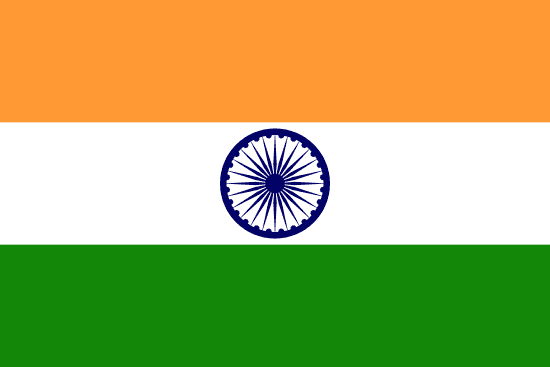"Dilwalon ki Dilli | Heart of the brave"
About:
New Delhi, the capital of India, was officially declared as such in 1911 during the Delhi Durbar when British colonial rulers decided to shift the capital from Calcutta. Designed by British architects Sir Edwin Lutyens and Sir Herbert Baker, the city was inaugurated in 1931. After India's independence in 1947, New Delhi continued as its capital. Today, it's a significant political and cultural hub, housing numerous historic sites, government buildings, and serving as the seat of all three branches of the Indian government.
When to visit:
New Delhi, the capital city of India, experiences extreme weather conditions throughout the year. The best time to visit New Delhi on a holiday is during the winter months of November to February when the weather is pleasantly cool and ideal for exploring the city's numerous attractions. This period also coincides with various festivals and events, adding to the vibrant atmosphere of the city. It is advisable to avoid visiting during the scorching summer months of April to June when temperatures can soar above 40 degrees Celsius, making outdoor activities uncomfortable.
When to avoid:
Traveling to New Delhi, India on a holiday during the summer months of May and June is considered the worst time due to the extreme heat and humidity. Temperatures can soar above 40 degrees Celsius (104 degrees Fahrenheit), making outdoor activities uncomfortable and potentially dangerous. Monsoon season from July to September brings heavy rains and frequent flooding, further complicating travel plans. For a more enjoyable experience, it is recommended to visit New Delhi during the cooler months of October to March when the weather is more pleasant for sightseeing and exploring the city's attractions.
Winter Season (Dec-Feb)
In New Delhi, the coldest and wettest part of the year is from mid-December to mid-January, known as winter season. Average temperatures range from 7°C to 15°C, and fog often blankets the city, reducing visibility. Rainfall is moderate, with January being the wettest month, receiving about 21mm of rainfall. Days are typically overcast, with about 7 hours of daylight. Sunlight is often diffused, providing a soft light throughout the day. For a visitor, an average day would be cool and cloudy, perfect for sightseeing, but carrying an umbrella would be advisable.
"Summer (April–June)"
In New Delhi, the warmest part of the year is during the summer season, which runs from April to June. During this period, temperatures can soar up to 45°C (113°F), with an average daily high around 40°C (104°F). The minimum temperature usually hovers around 25°C (77°F).
Rainfall is relatively low in these months, with May being the driest month. However, pre-monsoon showers can sometimes occur in late June. The average monthly rainfall in this period is around 20-30mm.
Sunlight is abundant during the summer, with an average of 13-14 hours of daylight per day. This makes the days long and hot. The UV index is also high, so sun protection is essential.
Humidity is generally low in the early part of the summer but starts to increase as the monsoon season approaches, reaching up to 60-70% in June.
Cloudiness is relatively low in the early summer, with clear, blue skies being the norm. However, as the monsoon season nears, cloud cover increases, especially in the afternoons and evenings.
A typical day for a visitor in New Delhi during the warmest part of the year would involve experiencing intense heat, especially during the afternoon hours. The mornings and evenings are relatively cooler, making these the best times for outdoor activities. Despite the heat, the city continues to buzz with activity, and indoor attractions like museums, malls, and restaurants offer respite from the heat. Hydration and sun protection are key for visitors during this time.
Language:
Hindi and Punjabi are the most commonly spoken languages in New Delhi, the capital of India. Hindi, being the official language of India, is used extensively for administrative purposes. Punjabi is also widely spoken due to the significant Punjabi population in the city. English is also commonly used, especially in business, education, and government sectors.




